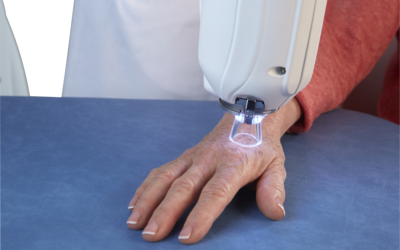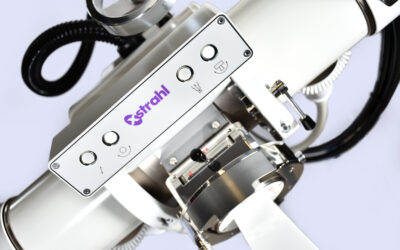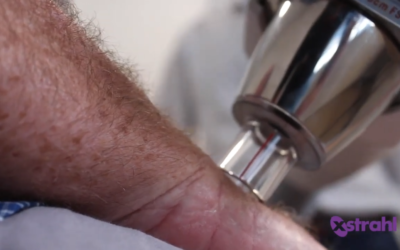In the past decade, electronic brachytherapy (EB) has emerged as an attractive modality for the treatment of skin lesions and intraoperative partial breast irradiation, as well as finding wider applications in intracavitary and interstitial sites. These miniature X-ray sources, which operate at low kilovoltage energies (<100 kV), have reduced shielding requirements and inherent portability, therefore can be used outside the traditional realms of the radiotherapy department. However, steep dose gradients and increased sensitivity to inhomogeneities challenge accurate dosimetry. Secondly, ease of use does not mitigate the need for close involvement by medical physics experts and consultant oncologists. Finally, further studies are needed to relate the more heterogeneous dose distributions to clinical outcomes. With these provisos, the practical convenience of EB strongly suggests that it will become an established option for selected patients, not only in radiotherapy departments but also in a range of operating theatres and clinics around the world. Eaton DJ. Download Paper
Spotlight on Precision Dermatology: Texas Physicians Work Together to Expand NMSC Treatment Options
One common question dermatologists often ask about incorporating radiation therapy into their practice is “How much involvement do I need from a radiation oncologist?” Regulations concerning physician supervision, reimbursement, and radiation shielding can vary quite...






